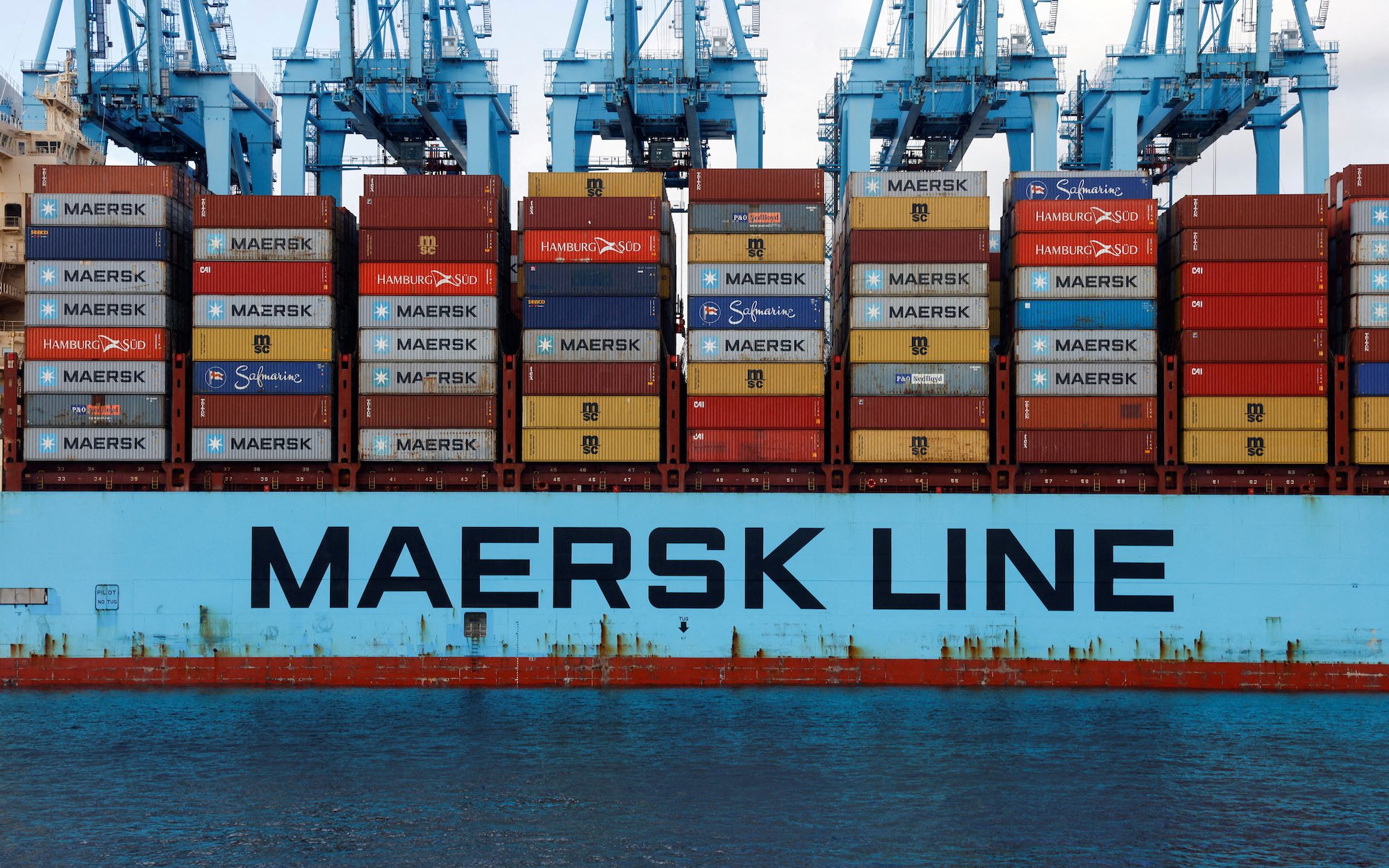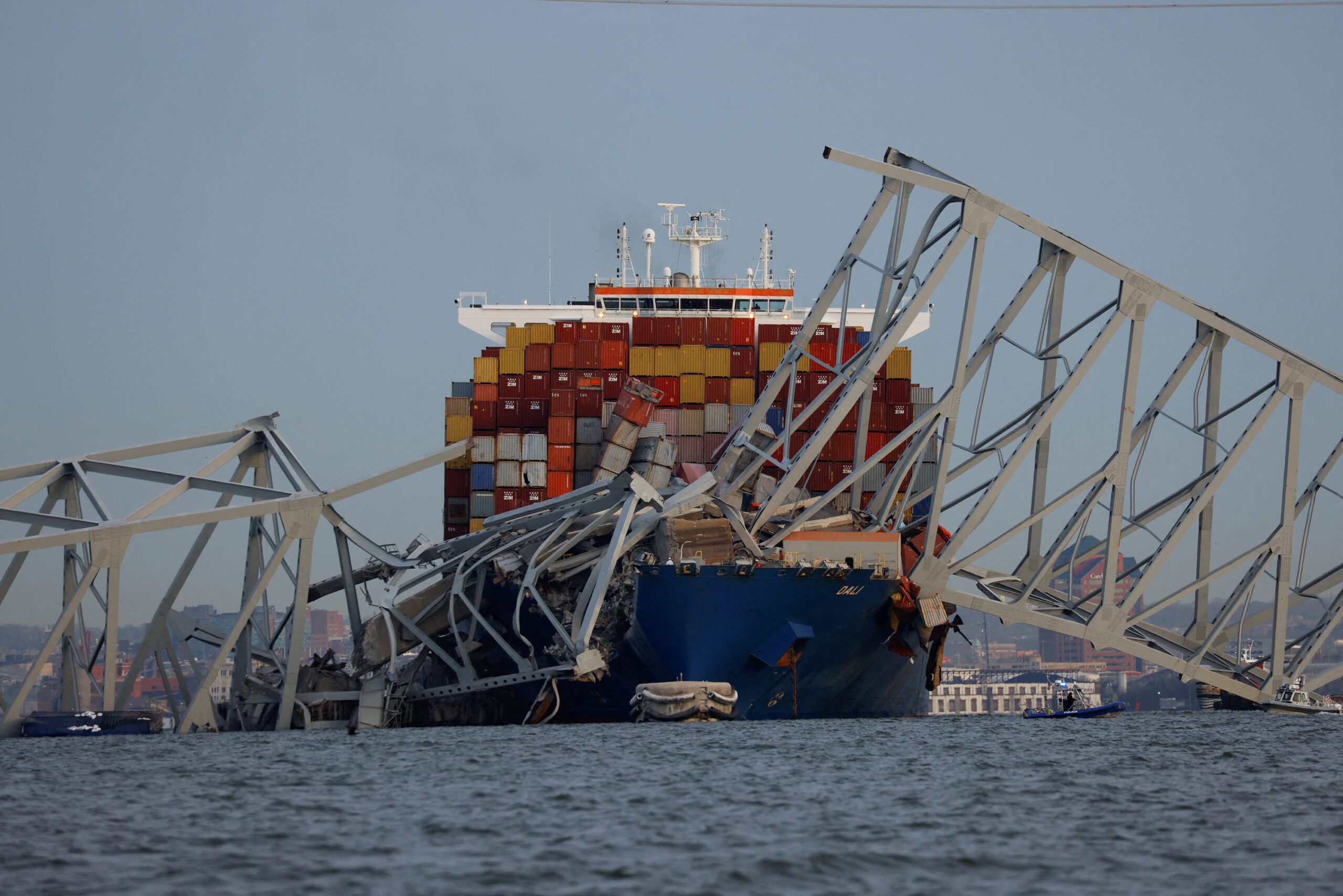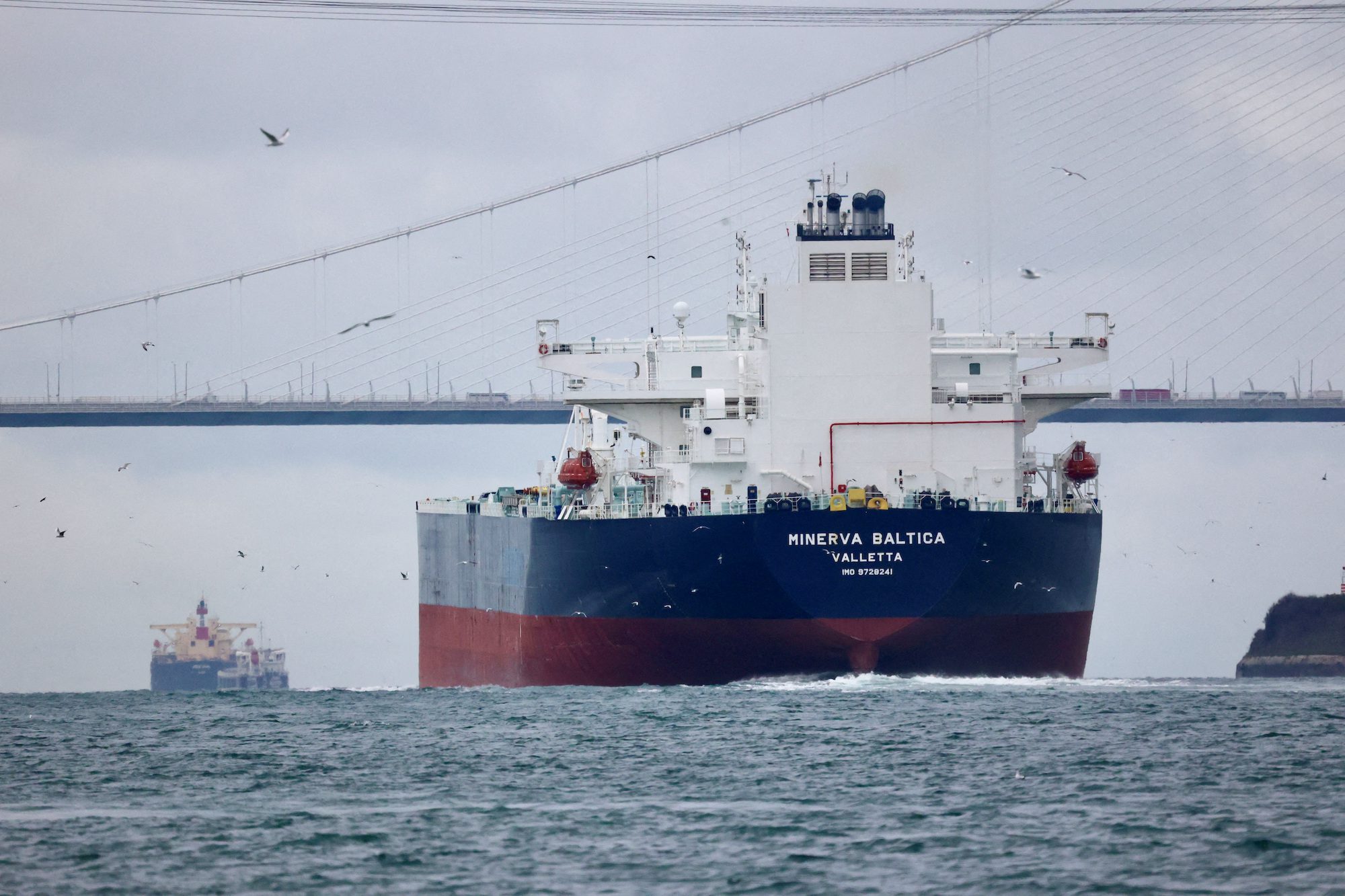Credit © 2016 Bloomberg L.P
By Sandrine Rastello and Dhwani Pandya
(Bloomberg) — A surprising piece of good news is coming from a lackluster corner of India’s $2 trillion economy: Trade.
Container shipping companies, which handle about 55 percent of the country’s merchandise trade, say exports volumes are picking up. The improvement they have witnessed on the ground is starting to show in official exports numbers, which in September rose at the fastest pace in almost two years, according to figures released by the Commerce Ministry.
Data gathered in 17 ports by Maersk Line show overseas shipments grew 11 percent in the first half of the year, putting containerized trade on track to expand as much as 9 percent this year, five times the global pace forecast by the World Trade Organization. The data, along with government numbers released Friday, could be an early sign of a turnaround in trade, which has held back India’s economy and left growth dependent on government and private consumption.
“The container industry is really the indicator of where the new markets are, the strength of the economy — you see the trends quickly,” said Franck Dedenis, the manager director of the shipping line’s South Asia unit. “This year we have seen strong growth for exports, so that’s a massive change.”
While India accounts for a mere 6 percent of the global container business, the country is set to gain market share by growing at least 7-8 percent a year in the next five years, according to Maersk, which operates the world’s largest fleet.
Thaddeus Choo, the managing director for the Indian unit of global shipping company Orient Overseas Container Line, is also seeing an exports revival, helped by a “slight rebound” of demand in the U.S. and Europe. Orders for agricultural goods and cars was strong among neighboring countries, South East Asia and East Africa, with the depreciating rupee also giving a boost, he said in an e-mail.
Containers are used for shipping finished goods and some food. A successful harvest spurred vegetable shipping by 56 percent in January-June, while garments rose 13 percent and cars and spare parts 9 percent, according to Maersk, a unit of Denmark-based A.P. Moeller Maersk A/S. The 11 percent overseas shipment growth compares with a 2 percent expansion last year, while imports rose 12 percent, the same as in 2015.
Good rains during this year’s monsoon will also help extend the exports growth, according to India’s Container Shipping Lines Association, which estimates that containers out of India grew 8 percent in the seven months through July.
The industry tracks numbers by volume, which can help monitor demand more closely. Economists at Yes Bank Ltd. in Mumbai studied exports volume for 97 categories of goods and found that 54 showed an increase in the first seven months, compared with 50 in the year earlier period.
The exports data reported by government are in dollar terms and are catching up, after contracting for all but one month since December 2014. They climbed 4.6 percent in September, the most since November 2014.
“Looking ahead, there are reasons to think that export growth in US$ terms will gradually accelerate,” wrote Shilan Shah, a Singapore-based economist at Capital Economics, citing rising oil prices and expectations of a “mild” rupee depreciation.
India is not alone in reporting declines in exports by dollar value, with China seeing a 10 percent slide in September from a year before. Looking at volumes, China container foreign trade rose 4 percent in the first nine months, according to data by the Chinese Ministry of Transport.
That’s not automatic good news for India: A slowing China cut demand for Indian products by 22 percent last month. Other India clients, such as the Gulf Cooperation countries, are also losing steam, hurting prospects for Indian exports.
“I would put it as an early sign of improving,” Suvodeep Rakshit, an economist at Kotak Securities Ltd. in Mumbai, said of Maersk’s data. “Is it a definitive sign that things are picking up? I would not be so sure,” he said.
Playing in India’s favor is competitive production and labor costs, along with a push by the government of Prime Minister Narendra Modi to streamline bureaucracy, according to Dedenis. Still, there’s more the government can do to cut red tape and improve transparency, he said.
Exporters in Shanghai need 37 hours to complete border and documentary compliance procedures, according to the World Bank’s Doing Business report. For counterparts in Mumbai, it takes 149 hours. Multiple checkpoints and road delays mean a container that takes 11 days to get from Shanghai to Mumbai by ship then needs 20 days to reach New Delhi by road.
The introduction of a national sales tax, which will sweep away a welter of state levies, “should improve matters considerably,” the bank said in a separate report.
“We believe India will continue to grow for years to come at a very decent pace,” Dedenis said. It “has a big chance to develop its footprint in the global trade.”
© 2016 Bloomberg L.P
Unlock Exclusive Insights Today!
Join the gCaptain Club for curated content, insider opinions, and vibrant community discussions.

 Join The Club
Join The Club












